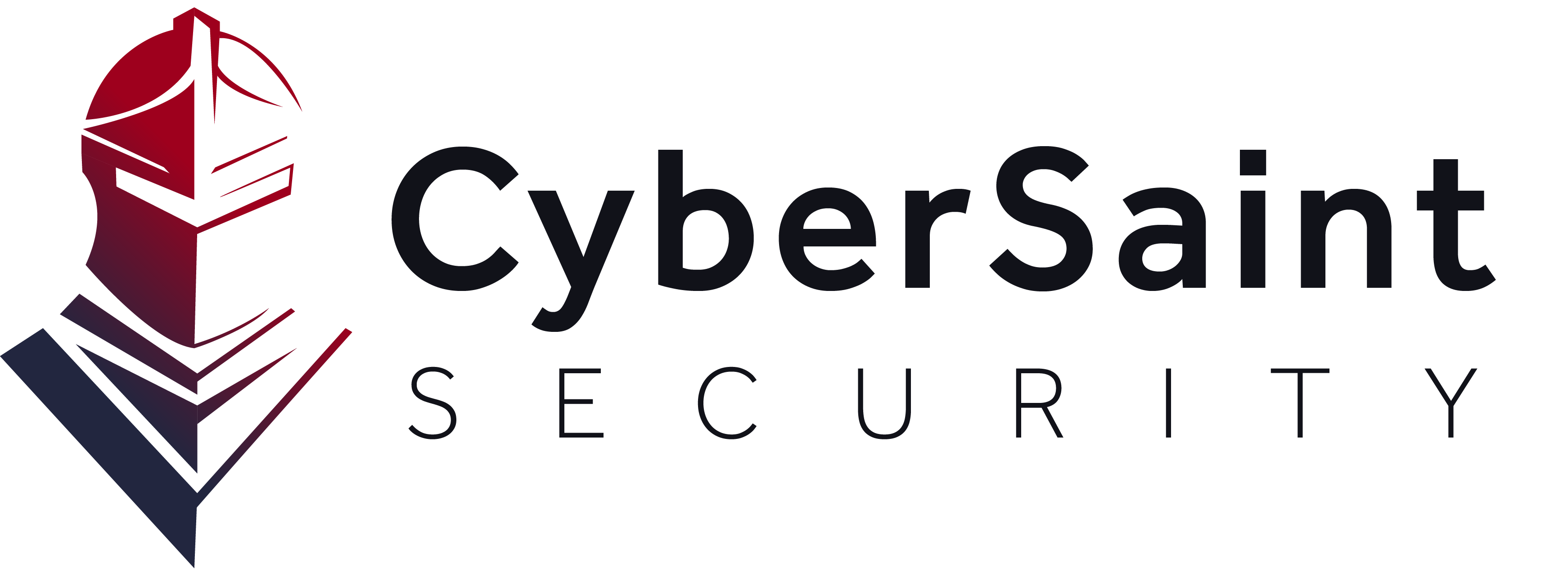The General Data Protection Regulation may certainly seem complex to implement for those who haven’t focused on data protection and privacy measures in the past. For organizations who are thinking of adopting the NIST Cybersecurity Framework (CSF) or who have already, it certainly seems wiser and more rational to use existing solutions provided by National Institute of Standards and Technology publications than to wait until more EU guidance comes out.
If you don’t know what GDPR is, you should learn ASAP. The General Data Protection Regulation (GDPR) is a law on data protection and privacy codified by the European Union. You’re probably aware of the ramifications and fines associated with a breach and non-compliance or the “right to be forgotten.” The CyberSaint team has extensive experience working with executives on security and risk projects. In addition, George Wrenn added value to the creation of the NIST Cybersecurity Framework. Thus, the CyberSaint team has the knowledge of NIST CSF as well as data privacy to give you an understanding of how to “hack” GDPR with the NIST CSF.
The backbone of your privacy and data protection initiatives should be built on understanding and having real visibility into the data you have across your company’s processes and lifecycles. You must scope your information flows that both leave and enter your organization - and this isn’t just technical! It’s physical manifestations of data, too, like spreadsheets and forms.
Using NIST Controls to Fulfill GDPR Requirements
The real point of GDPR? Accountability, data privacy, and data protection. Using the NIST Cybersecurity Framework can add immense value to your journey to GDPR compliance. Various NIST security controls can help your company secure the confidential data that you need through the five NIST Functions: Identify, Protect, Detect, Respond, and Recover.
NIST 800-53 Publication, “Assessing Security and Privacy Controls in Federal Information Systems and Organizations,” can help you introduce the continuous evaluation of your security procedures in your organization related to the GDPR.
Interestingly enough, NIST just published a new draft of its Risk Management Framework (RMF) to include measures on data privacy. The NIST SP 800-37, “Guide for Applying the Risk Management Framework to Federal Information Systems,” or Risk Management Framework (RMF), can help you achieve GDPR requirements by following them.
These documents can be heavy, so if you want an entry-level introduction to handling sensitive data, read or even adopt NIST 800-171, which was originally required by the Department of Defense for all of its large contractors and suppliers. The NIST 800-171 Special Publication, “Protecting Controlled Unclassified Information in Nonfederal Systems and Organizations,” is certainly where you could begin.
You must continually assess risks to address the GDPR, and this can be a big undertaking if you haven’t already set up a continuous compliance program. You don’t have a platform like CyberStrong to manage it for you (CyberStrong makes continuous compliance easy for GDPR, NIST Privacy Framework, NIST CSF, and any other Framework like NIST 800-171 or ISO2002). You must have adequate, at the least, risk assessment procedures and risk management initiatives (again, we highly recommend the NIST RMF).
Even though the risks to your organization seem immense, both in terms of threats in the landscape and GDPR non-compliance ramifications, there are ways you can streamline the process. See how the CyberStrong Platform streamlines GDPR compliance and makes running a continuous risk and compliance assessment easy so that you can prove compliance and get to security.





